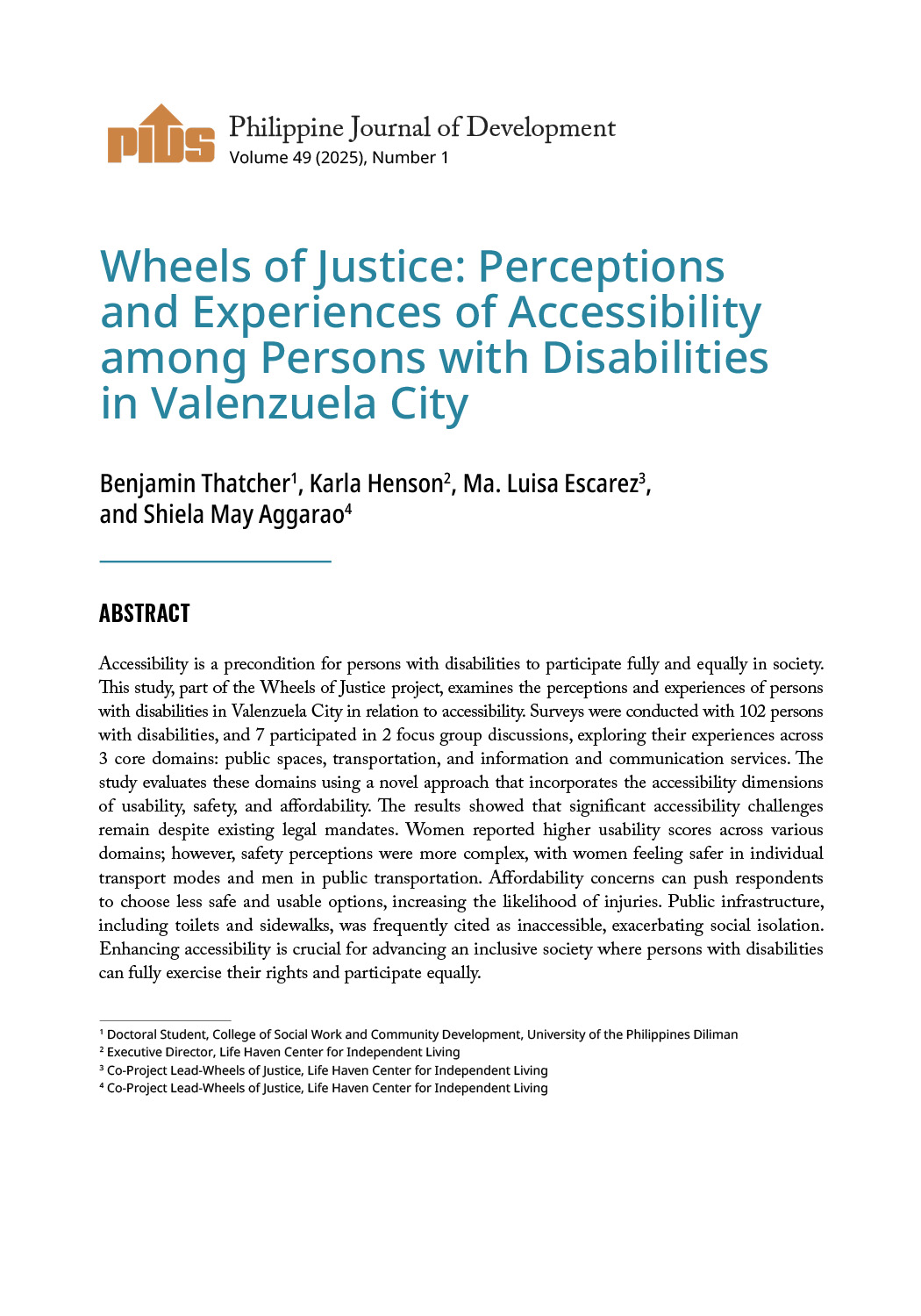Legislators are expected to “bring home the bacon.” At best, the bacon consists of projects most needed by legislator constituencies. At worst, bacon choice is based on visibility and reelection value with implementation assigned to a pet NGO.
Unavoidable too is resistance to sacrificing, say, barrio basketball courts in favor of protecting the Spratlys, scaling up Mindanao agriculture for long-term food security, or reforesting barren Leyte and Benguet mountainsides to prevent further killer landslides.
Balancing immediate local wants and long-term national needs might be simpler by improving on the old system whereby Congress considered separate General Appropriations Acts (GAA) and Public Works Acts (PWA).
Until the 1960s, GAAs authorized only current operating expenditures and capital projects that can be started and completed within the year, leaving to the PWA all infrastructure and agency construction projects needing multiple years to finish. GAA expenditures were funded from current government revenue and lapsed at the end of the year, while PWA outlays were sourced from savings and borrowings whether domestic or foreign and appropriations remained valid until project completion.
There could be a significant improvement if the practice is resumed, using the NEDA Socio-Economic Development Plan as a starting point.
Ideas come from everywhere—technocrats, politicians, bureaucrats, academics, businessmen, the general public.
The Philippine Institute of Development Studies (PIDS) and other think-tanks go the extra mile, focusing on the medium- and long-term and expectedly viewed from all angles—technical, economic, social, military, diplomatic, etc. Infrastructure agencies formulate and update Physical Framework Plans.
There are loose ends here and there, but all these are supposed to be inputs to the NEDA Plan. Its execution involves project definition and identification, feasibility evaluation, and prioritization for possible incorporation in a Public Works Bill that provides continuing appropriations over the plan period and beyond for the included projects. Implementation timing would depend on engineering constraints and available financing.
The latest Public Works Act I found is R.A. No. 5187, enacted in 1967. With only GAAs in the intervening 52 years, an agency’s annual appropriation has been the maximum value of contracts it could enter into each year both for current service and commodity needs and for construction and other capital expenditures completed and paid for in later years.
Cash management is chancy with annual GAAs authorizing both current and future payments, complicated by uncertain time lags between authorizing, contracting, completing, and payment, and with each step greeted by Gordian Knots of procurement, accounting, auditing, environmental impact, whatever.
DBM recently announced a shift to cash budgeting. There are Congressional objections and implementation is uncertain, but a shift may mean that an agency’s 2019 appropriations is what it may disburse to pay debts inherited from past years and new debts incurred and falling due in 2019.
Cash budgeting may or may not help, but there is no escaping the need to balance national and local objectives and to synchronize agency contracting and cash availability. It may be timely to also revisit the practice of separate General Appropriations and Public Works Acts.












